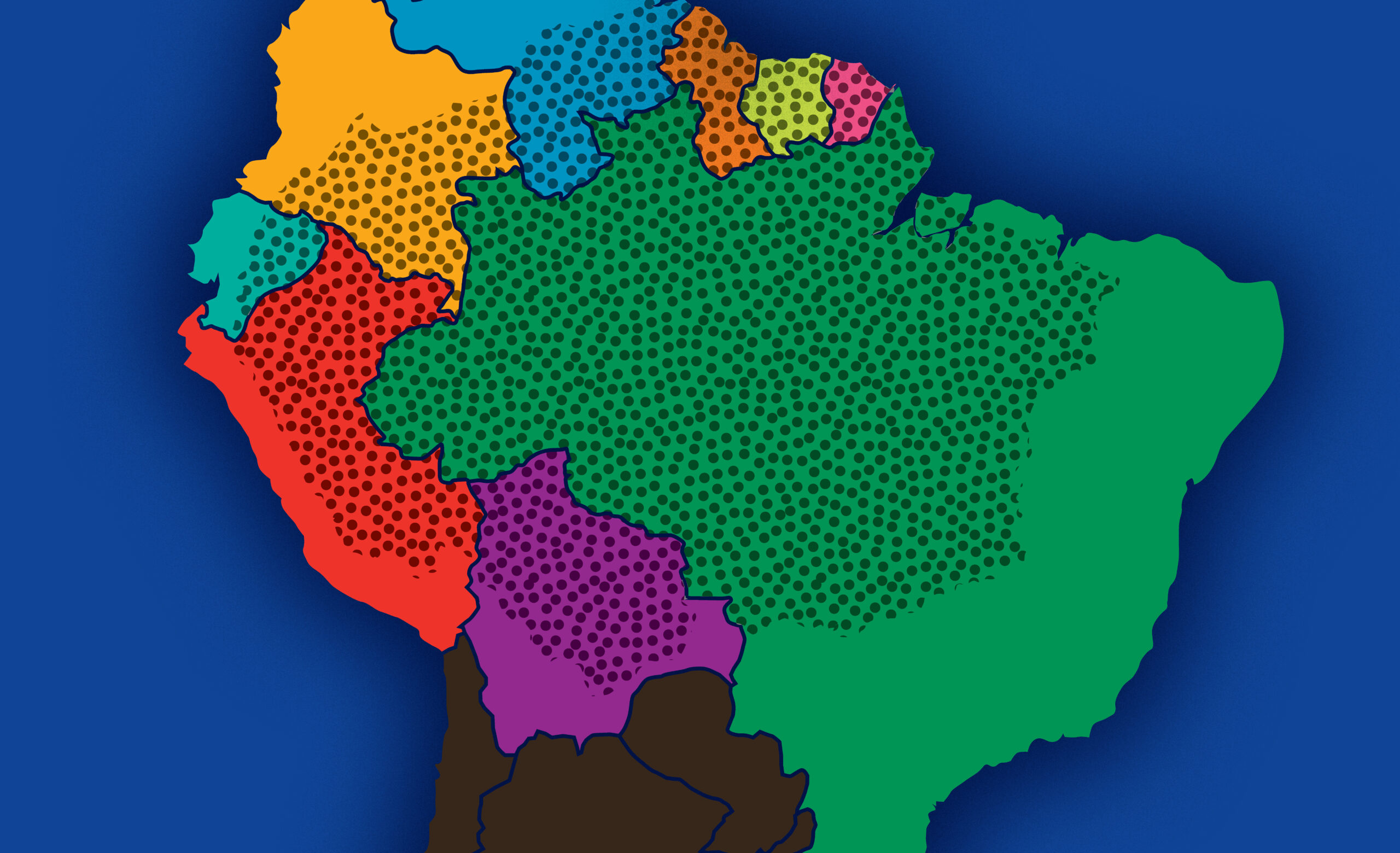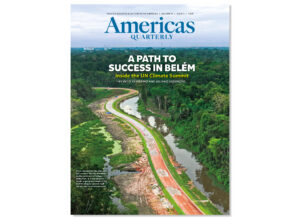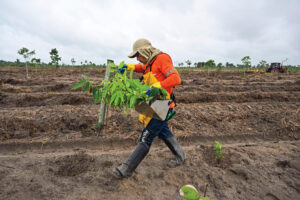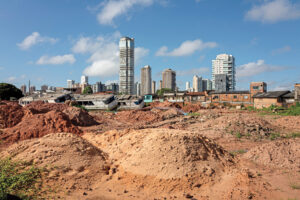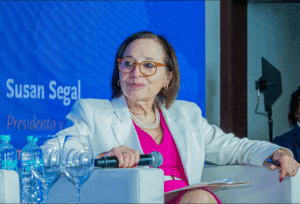This article is adapted from AQ’s special report on COP30
As the globe’s single largest tropical rainforest, the Amazon is a crucial carbon store and contains 20% of the world’s liquid freshwater. Covering a wide swath of South America, the Pan-Amazon region includes all or part of eight countries and one overseas department of France: Bolivia, Brazil, Colombia, Ecuador, Guyana, Peru, Suriname, Venezuela and French Guiana. According to research initiative Amazônia 2030, the area is an estimated 8.3 million km² and is home to 46.9 million people.
Below, AQ features an interactive map of this vast region, highlighting its area, population and estimated rates of deforestation. This overview also includes a snapshot of the Brazilian Amazon, focusing on socioeconomic and land use indicators, as well as a spotlight on Belém that offers key data on the city and investments ahead of the COP30 summit.
The Pan-Amazon Region
Intensive agriculture, illegal gold mining, and wildlife trafficking are present in much of the region, and each country faces particular challenges. Drug trafficking in Bolivia, illicit crop cultivation in Colombia, land clearing for palm oil cultivation in Ecuador, illegal coltan mining in Venezuela, timber trafficking in Peru, and land grabbing in Brazil are just some of the environmental threats that abound in the region.
The Brazilian Amazon
Known as the “Legal Amazon” in Brazil, this approximately 5 million km² area accounts for almost 61% of the Pan-Amazon region. It covers 59% of Brazil and includes the states of Acre, Amapá, Amazonas, Mato Grosso, Pará, Rondônia, Roraima, Tocantins, and more than half of Maranhão. Indigenous territories make up much of Brazil’s Amazon, covering 1.15 million km². In 2023, the region produced 1.1 billion tons of carbon dioxide equivalent (48% of Brazil’s emissions), concentrated in areas where deforestation and forest degradation occur.
Legal (industrial) mining is a major industry in the Brazilian Amazon. Illegal mining of gold, copper, and manganese, among other minerals, has led to alarming levels of mercury contamination in the region, with the greatest impact on riverside and Indigenous communities and their ecosystems. The amount of land used for both types of mining has increased dramatically over the last 23 years, according to analysis from Amazônia 2030.
Expanded agriculture is a major driver of deforestation in the Amazon region, where several of the country’s key crops are grown.
Belém and COP30
This city of 1.3 million faces acute challenges, from traffic to water provision and sewage collection. Belém, the capital of Pará state, has seen a flurry of recent investment as it prepares to host more than 40,000 people at November’s summit. There has been a major push to expand the city’s accommodation capacity, and summit organizers announced in April that another 9,877 beds were in development. The state government estimates that investments in preparation for COP30 will create 5,000 direct jobs, and that Pará will see 3.5% GDP growth in 2025.
Compared to the rest of Brazil, Belém has a similar homicide rate and higher levels of education. However, the city’s GDP per capita is less than half the national average, and over half of the population lives in favelas. Indicators on health and sanitation reveal gaps in the provision of certain public services.



